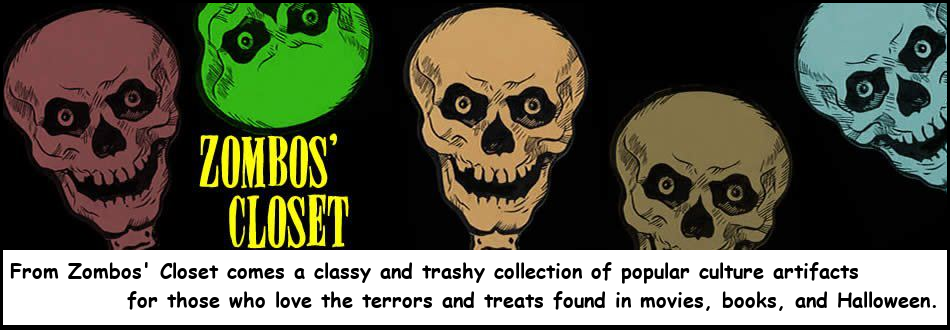Teenage Rebellion and
It’s a Bikini World (1967) Pressbook
Well, it is summer, so here’s a double bill to splash your world: Teenage Rebellion and It’s a Bikini World. America has always been an unruly mess of generational issues, but the 1960s were as turbulent as today’s social and political morass. However, the 1960s got it right, we just didn’t listen: make love, not war. Seems we just love to make war these days. So imagine it’s a warm summer’s evening at your local, nicely air-conditioned theater. It’s the late 1960s all over again, and the double bill is something your date wanted to see, but you could take it or leave it. You really rather see Frankenstein Created Women, but at least It’s a Bikini World has Sig Haig in it, so there’s that. It also was the last gasp, pretty much, for the beach picture genre of sand, songs, and humor. That teenage rebellion had something to do with that. Now, at this point, you’re thinking why pair both movies? Easy answer: Teenage Rebellion spent much of its camera time on girls and bikini’s on girls. Get the picture? And yes, It Came From Hollywood!
Teenage Rebellion and
It’s a Bikini World (1967) PressbookRead More »






























